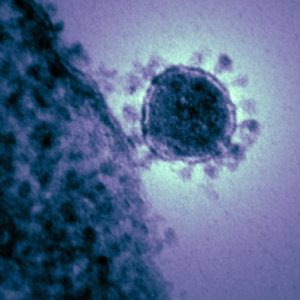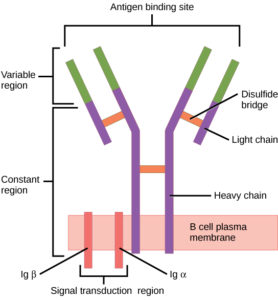
Our skin, respiratory system and gastrointestinal tract are continually bombarded by environmental challenges from potential pathogens like SARS-CoV-2. Yet, these exposures do not often cause illness because our immune system protects us. The human immune system is complex. It has both rapid, non-specific responses to injury and disease as well as long-term, pathogen-specific responses. Understanding how the immune response works helps us understand how some pathogens get past it and how to stop that from happening. It also provides key information to help us develop safe and effective vaccines.
The immune response involves two complementary pathways: Innate Immunity and Adaptive Immunity. Innate immunity is non-specific, rapid and occurs quickly after an injury or infection. As a result of the innate immune response, cytokines (small signaling molecules) are secreted to recruit immune cells to an injury or infection site. Innate immunity does not develop “memory” of an antigen or confer long-term immunity.
The immune response involves to complementary pathways: Innate Immunity and Adaptive Immunity.
Unlike innate immunity, adaptive immunity is both antigen-dependent and antigen-specific, meaning that adaptive immune response requires the presence of a triggering antigen—something like a spike protein on the surface of a virus. The adaptive immune response is also specific to the antigen that triggers the response. The adaptive immune response takes longer to develop, but it has the capacity for memory in the form of memory B and T cells. This memory is what enables a fast, specific immune response (immunity) upon subsequent exposure to the antigen.
Continue reading “Antibodies, Immunity and Vaccines: A Short Primer on the Adaptive Immune Response”
